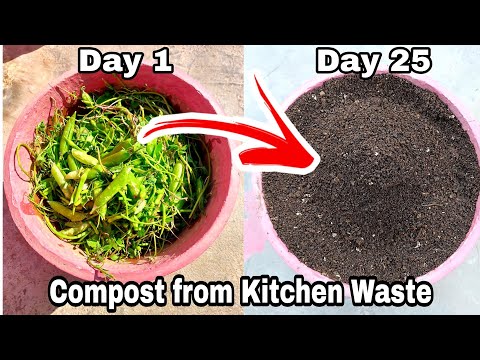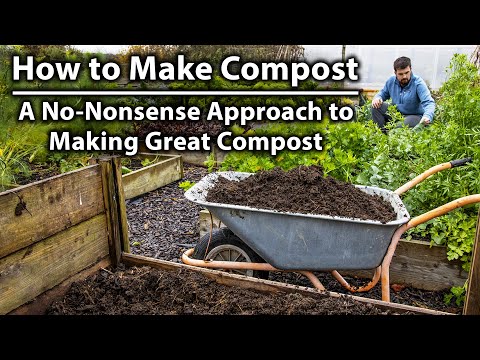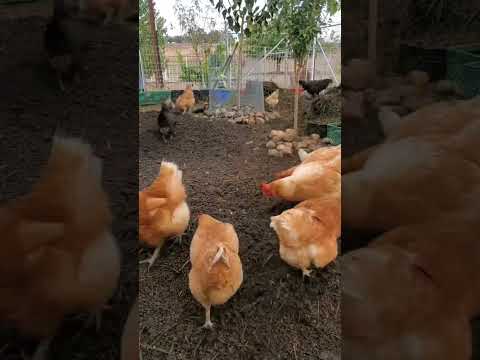composting is a fantastic way to turn your kitchen scraps and yard waste into nutrient-rich compost that can be used in your garden or potted plants. Not only does it reduce landfill waste, but it also helps improve the soil quality in your garden. If you’re interested in learning how to make compost at home, follow these simple steps for a successful and eco-friendly composting experience.
1. Get a compost Bin: The first step towards making compost is to get a compost bin. You can either buy one or easily make your own using materials like wood pallets, wire mesh, or even old trash cans. Ensure that the bin has adequate ventilation for proper air circulation.
2. Find the Right Location: Choose a suitable location for your compost bin. It should be placed on bare soil or grass to allow beneficial organisms like earthworms to enter the pile and aid decomposition. Avoid placing it on concrete or brick surfaces as this may hinder the microbial activity required for composting.
3. Start Adding Organic Waste: Begin by collecting organic waste from your kitchen such as fruit and vegetable scraps, coffee grounds, tea bags, crushed eggshells, and even shredded newspaper (avoid glossy paper). These items are rich in nitrogen and will act as ‘green’ material in your compost pile.
4. Add Dry/Brown Materials: Alongside green materials, add dry/brown materials such as fallen leaves, straw, cardboard (torn into small pieces), or sawdust from untreated wood. Brown material provides carbon needed for decomposition and ensures proper moisture balance within the pile.
5. Maintain Ideal Moisture Levels: To achieve the perfect moisture level in your compost pile, it should feel like a damp sponge when squeezed lightly – not too dry nor overly wet. If needed, occasionally water the pile with a hose or sprinkler to maintain optimal moisture levels.
6. Stir and Turn the Pile: Every few weeks, use a garden fork or shovel to turn the pile. This helps mix the ingredients, provides oxygen for decomposition, and prevents unpleasant odors. Turning also helps speed up the composting process by increasing microbial activity.
7. Be Mindful of What Not to compost: Avoid adding meat, dairy products, oily food scraps, pet waste, or plants that are diseased or treated with pesticides in your compost bin. These items can attract pests or pathogens that might harm your garden or contaminate the compost.
8. Patience is Key: composting requires patience as it takes time for the organic matter to fully decompose into usable compost. On average, it can take anywhere from two months to a year depending on various factors such as temperature, moisture levels, and how actively you tend to your compost pile.
9. Harvest Your compost: Once your compost has turned into dark brown/black crumbly material with an earthy smell, it is ready to be used. Apply it generously around your garden plants or mixed with potting soil for potted plants to enhance their growth and fertility.
Making compost at home is not only an excellent way to reduce waste but also a cost-effective method of improving soil health in your garden or potting plants. By following these simple steps and being mindful of what you add to your compost pile, you’ll be on your way to producing nutrient-rich organic matter and reaping the benefits of healthy and thriving plants in no time!





